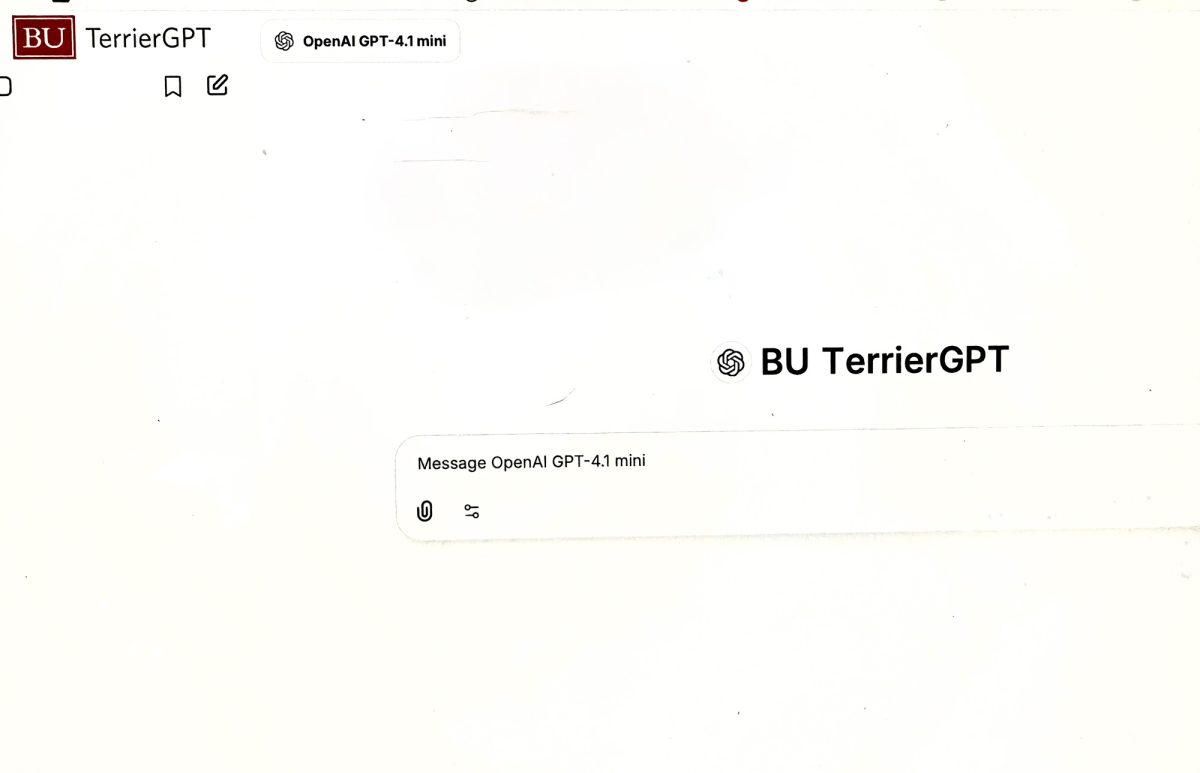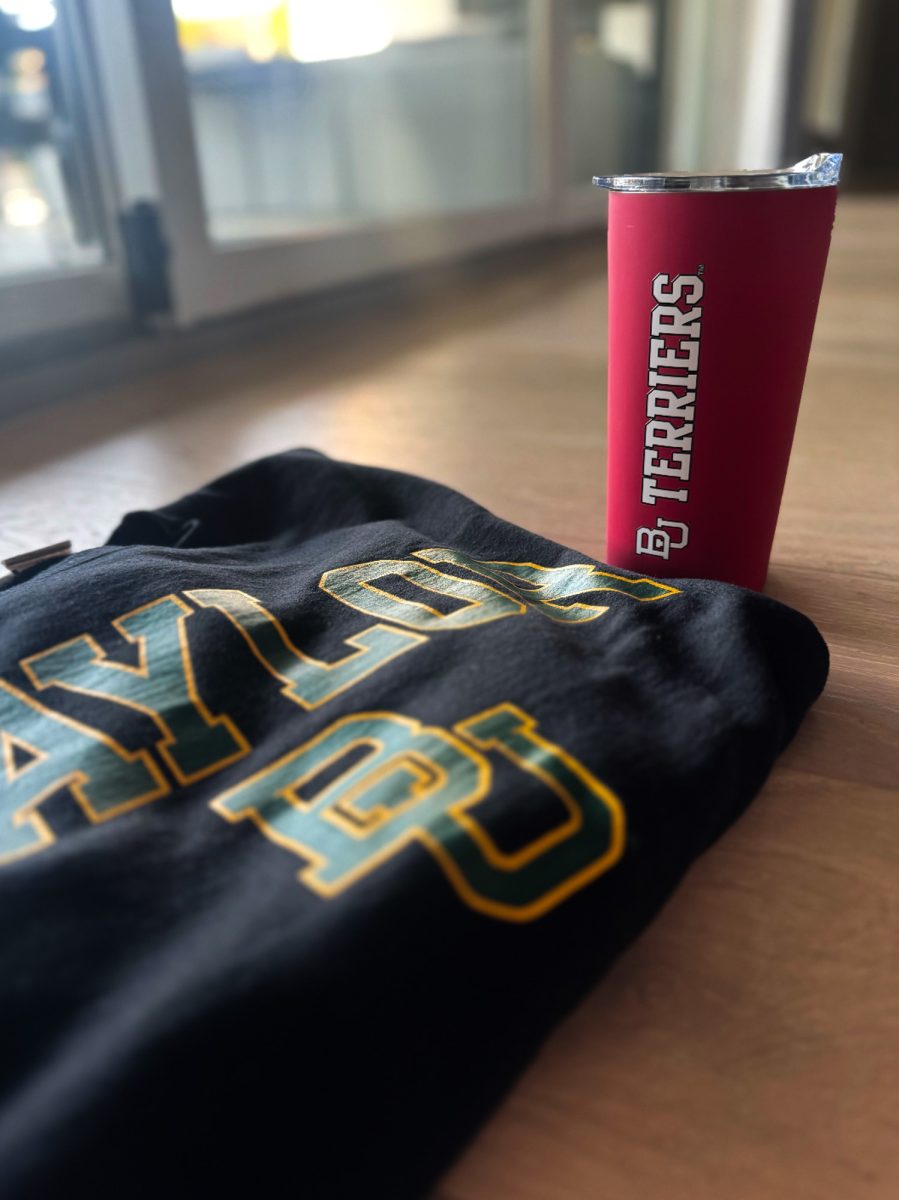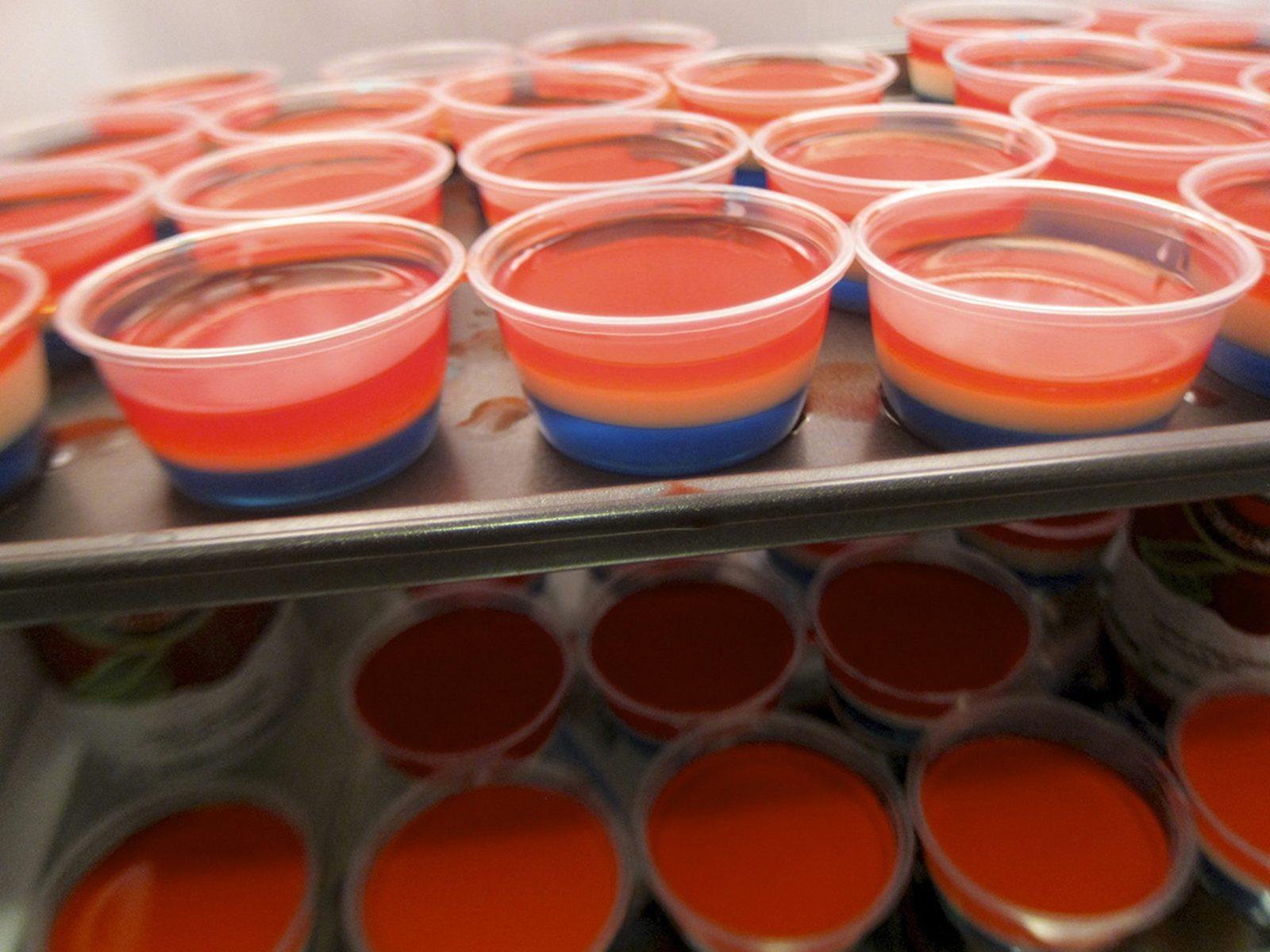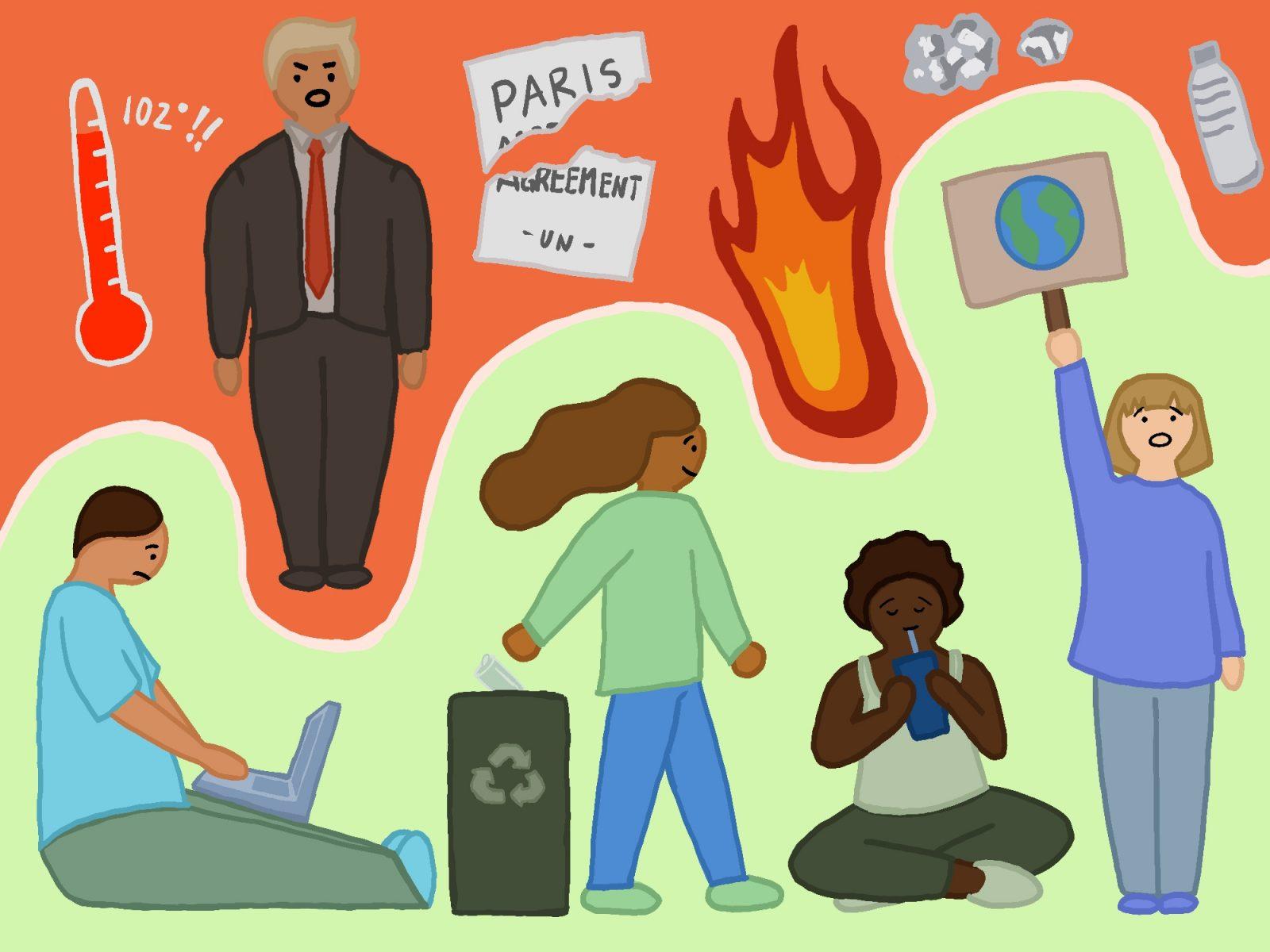The first nights of freshman year are a blur for many. First friends, first parties, first shots of alcohol. First shots of alcohol because shots are the primary mode of alcohol consumption for underage youths, particularly students.
Not Jell-O shots, as a Boston University School of Public Health researcher asserted in a recent study, citing the gelatin-based blobs as a possible cause of binge drinking, drinking more alcohol and engaging in “physical fights related to drinking.” In a BU Today article, researcher said he, Michael Siegel, chose Jell-O shots “because they believe the shots may contribute to the initiation of alcohol use among novice drinkers ‘through use of a recognizable, widely available, appealing product such as jello as a channel for alcohol consumption.’”
When examining underage drinking in particular, the pretense of causation versus correlation needs to be immediately addressed. Underage drinking is without a doubt a systemic issue that can be ameliorated with reform. However, crediting a specific alcoholic beverage with triggering alcoholic behavior does not acknowledge a greater issue.
In 1984, Congress passed the National Minimum Drinking Age Act, which changed the age to consume alcohol from 18 to 21. It was at this time that underage drinking became an issue, not based on habit but based on a system. Immediately after restricting a substance, particularly through policy, the consumption of that substance takes on an elusive allure.
European nations do not struggle with such challenges, allowing researchers to focus on more pressing dilemmas. Overseas, alcohol is not viewed as a taboo substance, but rather something children grow up around. They see parents consume it responsibly — and most likely do so themselves before they reach the legal drinking age — but not in the same manner that American children do.
High school students and college underclassmen down shots and slug beers because they feel like they have to. It’s what their friends are doing; it’s what is seen as the cool thing to do, even if that isn’t explicitly stated. Seeing a huge tailgate your friend is attending at a state school, seemingly sponsored by Natty Light, instigates a twinge of jealousy, whether we like to acknowledge it or not. Underage drinking is caused by societal pressures and expectations, not Jell-O shots.
To narrow in on such a niche alcoholic beverage does not lend legitimacy to Siegel’s research. Most people do not only consume Jell-O shots, and certainly not first.
In fact, by highlighting the study, BU Today’s article comes across as nothing more than clickbait. BU Today has the potential to be an unbelievable PR outlet for BU, but it failed by disseminating this information. It seems to be a pat on the back on behalf of the school, as if to put a golden star on its so-called efforts to combat underage drinking.
When directly visiting SPH’s website, the first study that appears is entitled, “Alcohol Policies Contribute to Suicide Prevention.” Why couldn’t this have been highlighted, with a particular examination on underage students?
The study and corresponding article raise an important point: underage binge drinking and the policies contributing to its existence are not discussed enough. It seems like the minimum age was cemented in 1984, never to be reconsidered.
By publishing the study, Siegel and BU make the statement that they are considering the effects of harmful underage binge drinking. A discussion is always a good first step. However, examining a minuscule corner of the culture, a corner that has no greater impact on the issue at hand, is asinine.
Beyond the statistics of those who engage in the harmful behavior, what about the reasons why? Why are students under 21 pounding shots? Are there other things going on? These are the things that should be asked, by researchers, the general public and by universities for their students.






















































































































